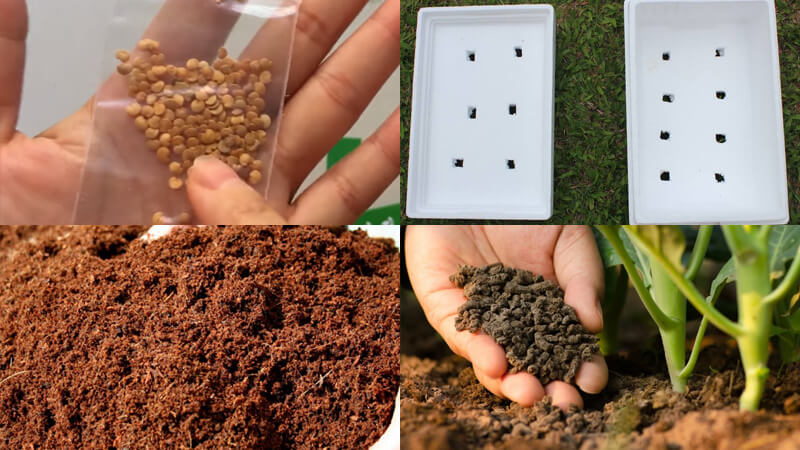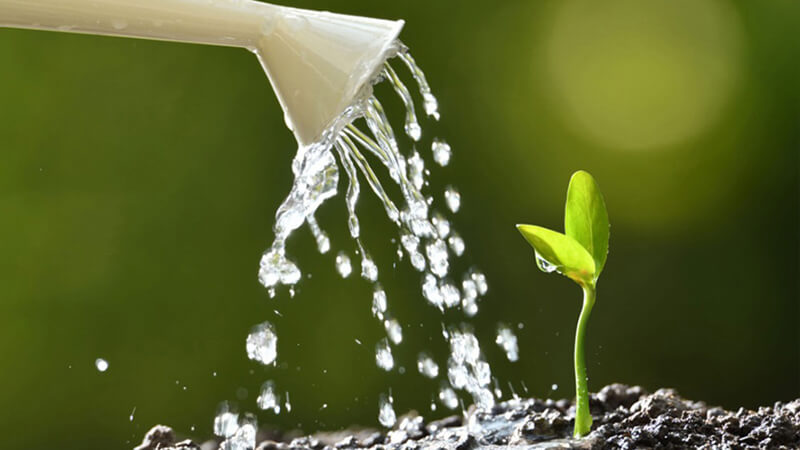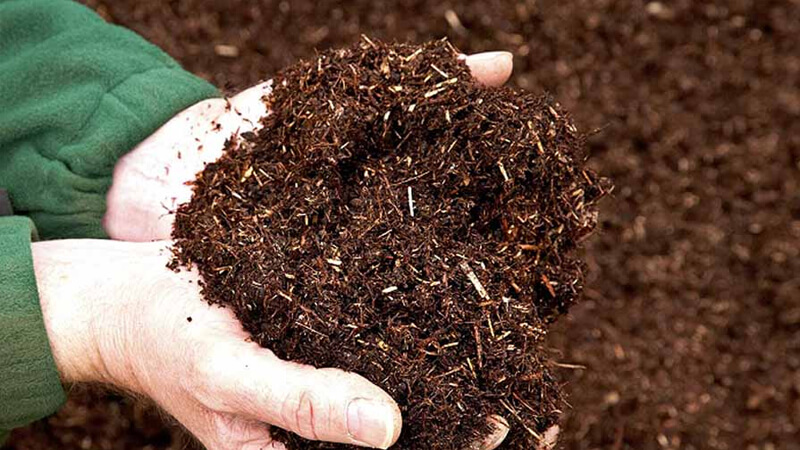Eggplants, or Solanum macrocarpon, are perennial plants belonging to the nightshade family. All parts of the eggplant can be used as medicine due to their sweet taste and cold nature, which can dissipate blood stasis, reduce inflammation, moisturize the intestines, diuretic, and treat tuberculosis and other illnesses.
Eggplants are easy to grow and care for, but not everyone knows how to plant them for optimal growth and fruit yield. In this article, we will guide you through the super-easy home gardening process for eggplants.
1 Necessary Tools and Materials
- Eggplant seeds
- Styrofoam boxes
- Potting soil
- Organic fertilizer
- Other materials: Water container, cloth towel, plastic tray, etc.
- About the seeds: There are many varieties of eggplants, such as purple, white, and green. Choose seeds that are intact and not broken for better germination rates. You can find seeds at agricultural supply stores or supermarkets to ensure quality.
- About the soil: Opt for soil that is loose and rich in nutrients, with a pH between 6.5 and 7, and has good drainage.
- About the styrofoam box: Puncture small holes in the bottom for drainage to prevent waterlogging.
 Eggplant planting tools
Eggplant planting tools
2 How to Plant Eggplants at Home in a Styrofoam Box
Step 1 Preparation Before Sowing Seeds
Before sowing, expose the seeds to mild sunlight for 5-10 minutes, then soak them in room temperature water for 20-30 hours. Alternatively, you can soak the seeds in warm water (ratio of 2 parts boiling water to 3 parts cold water) for 4-6 hours. Afterward, wrap the seeds in a cloth towel and let them germinate for about a day.
Note: The cloth towel should not be too dry or too wet, as this can damage the seeds and reduce germination rates.
 Soak seeds in room temperature water for 20-30 hours, then wrap in a cloth
Soak seeds in room temperature water for 20-30 hours, then wrap in a cloth
Step 2 Sowing Seeds
Sow the seeds in the styrofoam box at a density of 2g/m2. After sowing, cover with a thin layer of soil, straw, or husks, and gently water with a spray nozzle.
Alternatively, you can sow the seeds in plastic trays to germinate them before transplanting them into the styrofoam box or directly into the ground, spacing the plants as mentioned above.
 Sow seeds at a density of 2g/m2
Sow seeds at a density of 2g/m2
3 How to Care for the Plants
After planting, maintain sufficient moisture for the plants to thrive. Water them twice a day, in the early morning and late afternoon.
If the plants are too densely spaced, thin them out when they have grown 1-2 leaves, removing weak and diseased plants. Ensure a distance of at least 50 cm between plants and 60 cm between rows.
 Water the plants twice a day, in the early morning and late afternoon
Water the plants twice a day, in the early morning and late afternoon
After a week, fertilize the plants with a solution of 20-30% organic fertilizer, repeating this process every 10 days. Use organic fertilizers like cow manure or worm castings for added nutrients. After a month, fertilize the base of the plants and hill up soil around the stems.
When the plants start to bud and fruit, apply fertilizer for the second time, being careful not to over-fertilize, as this can cause fruit drop. After the plants have fruited, apply fertilizer for the third time to encourage more flowering and fruiting.
 Fertilize every 10 days with organic fertilizer
Fertilize every 10 days with organic fertilizer
During the growing period, keep the base of the plants clean and remove diseased leaves. If you spot any pests, you can remove them by hand or use pesticides, ensuring you follow the recommended pre-harvest waiting period.
After 40-65 days, when the eggplants start to change color, they are ready for harvest. Do not leave them on the plant for too long, as they will lose their flavor and texture.
Harvested eggplants can be used to prepare a variety of delicious and nutritious dishes, such as: , , , , ,…
 Harvest after 40-65 days, when the eggplants start to change color
Harvest after 40-65 days, when the eggplants start to change color
In this article, we have guided you through the process of growing and caring for eggplants at home, resulting in fresh, tasty, and healthy fruits. We hope that this guide will help you yield a bountiful harvest of eggplants for your culinary creations.
Plant These 7 Branches in the Ground for a Year-Round Veggie Feast
Introducing the ultimate guide to growing your own healthy and vibrant vegetables at home. Discover the 7 easiest vegetables to grow from cuttings, ensuring a bountiful harvest with minimal effort. Take control of your family’s health and embark on a journey towards a greener and healthier lifestyle with this simple and accessible method of vegetable gardening.


































